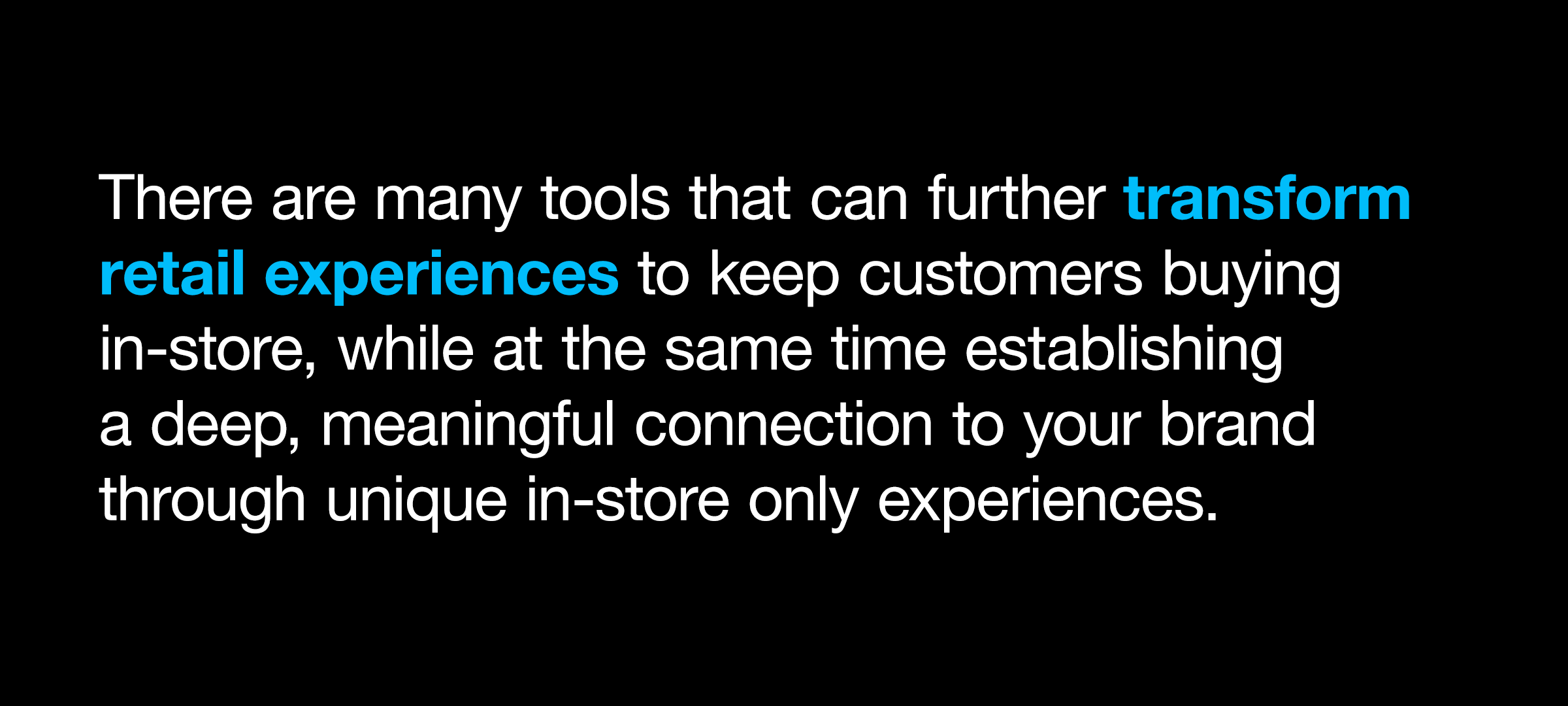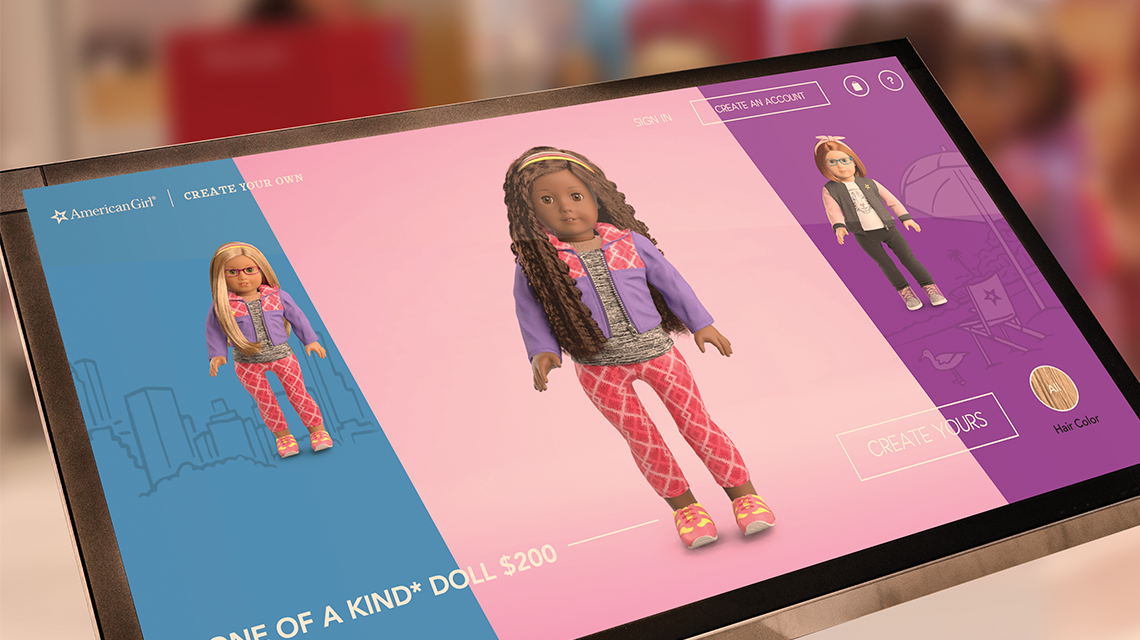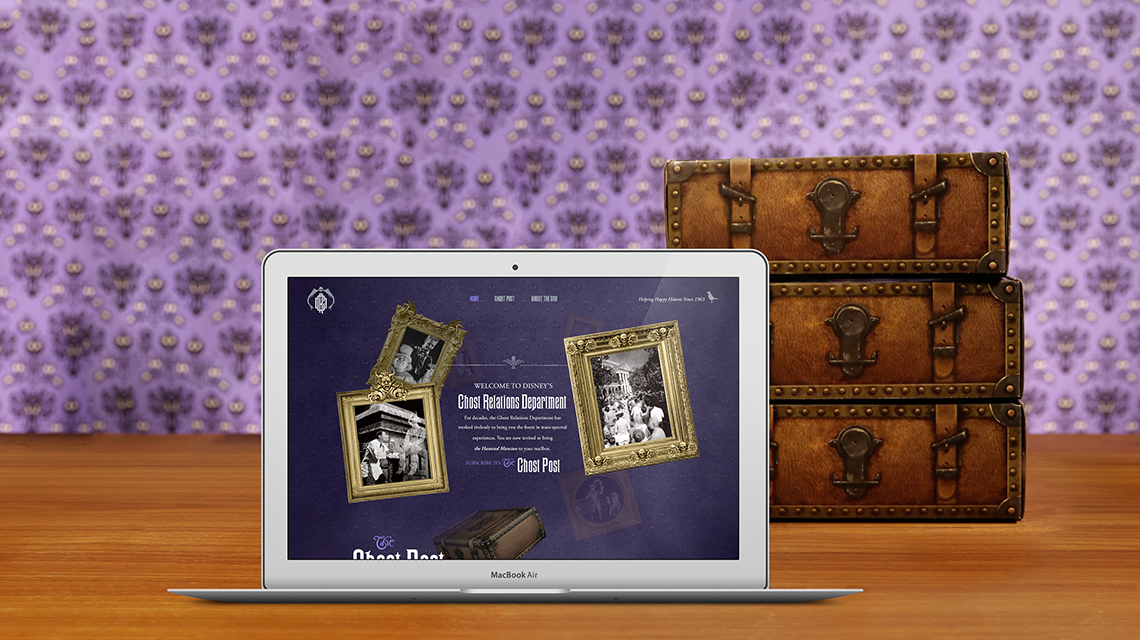The Blueprint to Multi-channel Retail Experience
Modern thinking around connected experience extends beyond the usual suspects of eCommerce, inventory, point-of-sale and CMS data. First-class connected experiences can leverage any number of technologies. In connected experiences, we reimagine the customer experience by leveraging existing, critical, legacy systems not of the Internet age, adding audio-visual elements for interaction, embracing mobile devices, incorporating local and sensor data, and weaving all of that into a cohesive retail experience—without disruption to historical systems.
In addition, we believe in systematically changing experiences often, using innovation as a reason for customers to keep coming back. A lightweight, decoupled software architecture allows experiences to change without the need to reinvent and start over.
You may be wondering how you can do this?
The Connected Experience Orchestration Pattern
The key to successful integration of legacy and new systems is what we call Connected Experience Orchestration. We begin by providing a ramp for interconnection among both new and existing systems, without major changes to legacy systems. Notice we used the word ‘ramp’; not every legacy system might interconnect. This means that we want to identify as many data nuggets, processes and workflows as possible that are useful to expose. We then want to expose those via the orchestration-layer, so new experiences can have access to legacy data without compromising ownership and security of the legacy systems.

An extremely important goal of this model is that it must cause as little disruption as possible for the maintainers of the legacy systems, while still achieving the needed interconnection.
Define the Connected Experience
The first step is (of course) to define the Connected Experience. What’s important to realise is that the data needs of the connected experiences will surface in the process of CXP design. With those needs at hand, we proceed to identify the best source of truth for this information inside the legacy systems and to engineer the most efficient mechanism to expose that.
Since different systems have different interfaces, rather than trying to force a given system into connecting to every other system (including new ones), we instead use a messaging pattern. Each team responsible for each system can then focus on creating publishers and consumers into the message bus, which are capable of servicing only the needs of the overall application. This also has a secondary effect that no two systems in this pattern are tightly coupled to each other. If an underlying system needs to change completely, such as migrating from one platform to another, so long as it can still implement the needed publishers and consumers, the switch is transparent to the overall orchestration, and has zero impact downstream!
Why Retail Needs to Offer a Multi-channel Experience
Retailers that don’t adapt will not survive the current disruption in the industry. Similarly to how other industries have changed completely (think of movies, music, telecommunications, newspapers, TV, and others), retail is changing and will continue to do so. Customers do indeed shop in-store, and in many cases, prefer the real-world experience to the online experience—especially when in-store offers extra value, like cool experiences and unique access to products. The retailers that best solve their customer’s problems while providing the best experiences—and in some cases, the best value—are the ones that will thrive.
Yet implementing changes to classic legacy systems is extremely hard, even before you’re also faced with innovating in-store and creating yet more technology that you have to support.
However, solutions and patterns do exist that bring traditional IT processes and teams into the age of the internet and provide for not just interconnection between systems, but empower maintainers to be able to implement needs quickly while not exposing potentially sensitive IT data.
It’s not a matter of ‘if’ you implement innovation; it’s a matter of ‘when’. The Connected Experience Orchestration pattern presented is a powerful tool in the toolbox of every retailer that wants to not just survive but thrive in this age of rapid innovation in retail.









